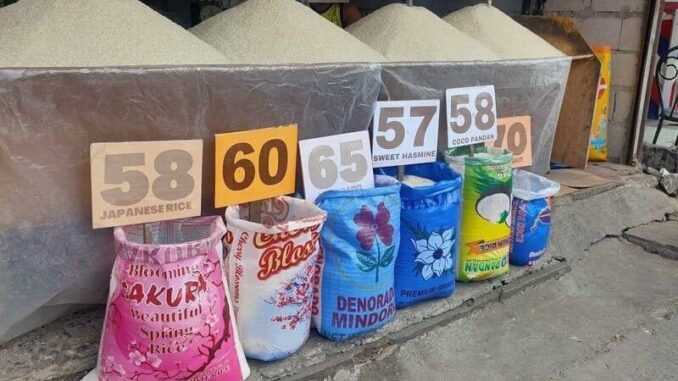
MANILA, Philippines — Vietnamese rice export prices rose by as much as $60 per metric ton in August, driven by higher demand from the Philippines, according to the United Nations’ Food and Agriculture Organization (FAO).
In its rice price update report, the FAO identified the Philippines as one of the major drivers in the uptick of Vietnamese rice export prices last month for both Indica and non-Indica segments.
The FAO said non-Indica indexes such as Aromatic, Japonica and Glutinuous increased on a monthly basis brought about by higher export prices seen in Thailand and Vietnam.
The price of Vietnam’s five-percent fragrant rice last month rose by 10 percent to $630 per metric ton from $572.5 per metric ton in July on the back of stronger purchases from the Philippines and Africa, the FAO said.
Furthermore, export prices of both five percent and 25 percent broken rice from Vietnam rose on a monthly basis in August.
The five percent broken variety grew by 3.7 percent to $555 per metric ton from $535 per metric ton while the 25 percent broken variety increased by $16 month-on-month to $516 per metric ton, based on FAO data.
“Prices strengthened in Vietnam, as strong sales to Indonesia and the Philippines offset downward pressure exerted by harvest progress,” the FAO said.
Last month, local rice traders and importers said Vietnamese rice prices grew following the reduction of the country’s tariff on the commodity to 15 percent.
This, they noted, hindered the prospective decline in domestic retail rice prices.
Government officials have estimated that the rice tariff cut would slash retail prices by as much as P7 per kilogram.
Certain quarters of the agriculture sector have voiced out their growing frustration that the government’s promise of retail rice price reduction is not yet materializing two months after the tariff cut took effect.
For its part, the Department of Agriculture is maintaining its projection that the impact of the tariff reduction would be felt next month once substantial volume of stocks under lower tariff has been brought in by traders and importers.
Pundits have earlier pointed out that the projected effect of the tariff cut would not be felt immediately as traders and importers would still have to dispose of their previous stocks bought at a higher tariff rate of 25 percent.
The country’s rice imports in July and August have slowed to an average of 200,000 metric tons, half of the 400,000 MT average monthly arrival in the first half.


Be the first to comment